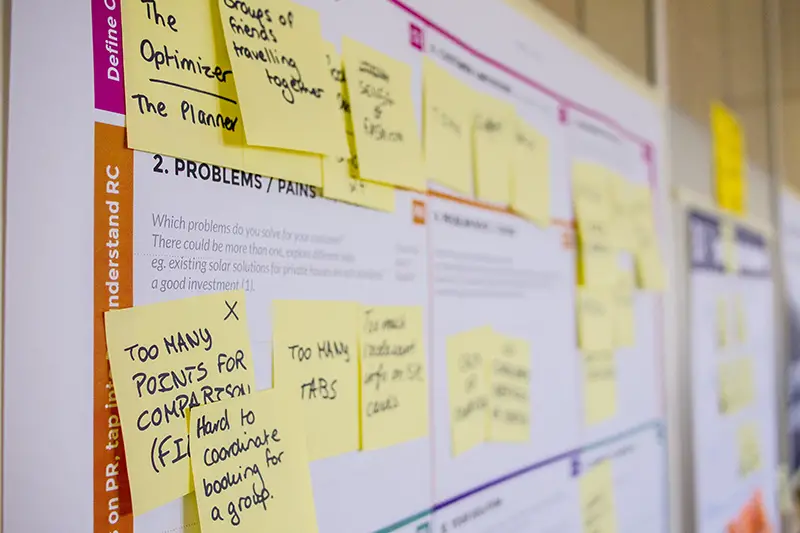Click here to get this post in PDF
Nearly 50% of all businesses fail within their first year. Fortunately, you avoid this fate by implementing lean management principles. Lean management will help you identify wasteful practices, eliminate unnecessary activities, and focus on what really matters. If your goal is to identify opportunities to improve efficiency and reduce waste without sacrificing customer service or employee morale, read on.
Here’s how to successfully implement lean management principles in your business.
Identify the Team’s Work Value
Identifying the work value stream means understanding all of the steps that are necessary to complete a task. This is important because you’ll need to identify which stages have high volume, if there are any bottlenecks during production, and where your team can improve flow throughout this process. With a clear understanding of each step, you’ll have the ability to create a future state map that outlines your team production flow and where it will begin.
To identify your actual work value, you’ll need to consider the end product of all your organizational-wide efforts and what your customers get from it. This will help you determine if your organization is optimizing the process value. Empowering your management team to improve processes through collective activity or Six Sigma White Belt training will help them implement significant changes, improve productivity, and enhance teamwork.
Map Your Team’s Value Stream
After identifying your team’s work value, the next step is to map your team’s value stream. A “value stream” is a description of the process that an item, service, or customer goes through in order for you to meet their needs and expectations, beginning with when they request something until it has been fulfilled. Understanding this flow will help identify areas where waste is being created.
Use a visualization tool to see the current state of your workflows and then compare them with future potential lean management principles. Kanban boards are a great way to understand the current state of your processes and can be easily adapted for use with lean management. Collaborate with your team to make any changes necessary. Once you have identified areas where waste is being created, start brainstorming ideas on eliminating or reducing it.
Create Flow to Ensure Smooth Delivery of Work
Create a flow for your work to ensure that it flows smoothly into production. This means not having any bottlenecks or queues, which can cause problems with delivery times and quality. Look at the entire process and identify any bottlenecks that are slowing down work, then design a solution to fix this problem. As a manager, you’ll want to evaluate how tasks progress through your workflow.
Are there any places where work sits in a queue, waiting for another task to finish? Are tasks getting stuck in a process? If the flow of your processes is not smooth and streamlined, you will see issues with quality or turnaround times. Limit the amount of work in progress simultaneously to help your team avoid these problems. Your goal is to eliminate waste and improve flow.
Establish a Pull System and Virtualize It Clearly
The idea is straightforward: start new work only when it is needed and your team has spare capacity. Your aim should be to deliver the most value possible to your clients while avoiding overproduction. To effectively implement the pull system, you need to virtualize your work. Virtualizing work means that you break down your work into small chunks of time (e.g., hours, days, etc.), and you only start the next piece when a client needs it.
A great way to virtualize tasks in software development is using Kanban boards with swimlanes that separate different types of work or priority levels for clients. This allows you to focus on delivering value and avoid distractions. An effective pull system will help you establish a continuous flow of work for your team. New tasks should only be added when the backlog is empty, ensuring that teams can deliver as much value as possible to clients.
Constantly Improve Every Process
Finally, one of the most important lean principles is constantly improving every process. It doesn’t matter if you are in the service or manufacturing industry. All processes can be streamlined and constantly improved through kaizen events, team suggestions, and by managers listening to employees about ways to improve processes. By implementing these lean management principles, the entire company becomes more efficient and thus helps people in the organization to better serve customers.
You may also like: Why Lean Management is the Key to Entrepreneurial Success during the Testing Times?
Image source: Unsplash.com


